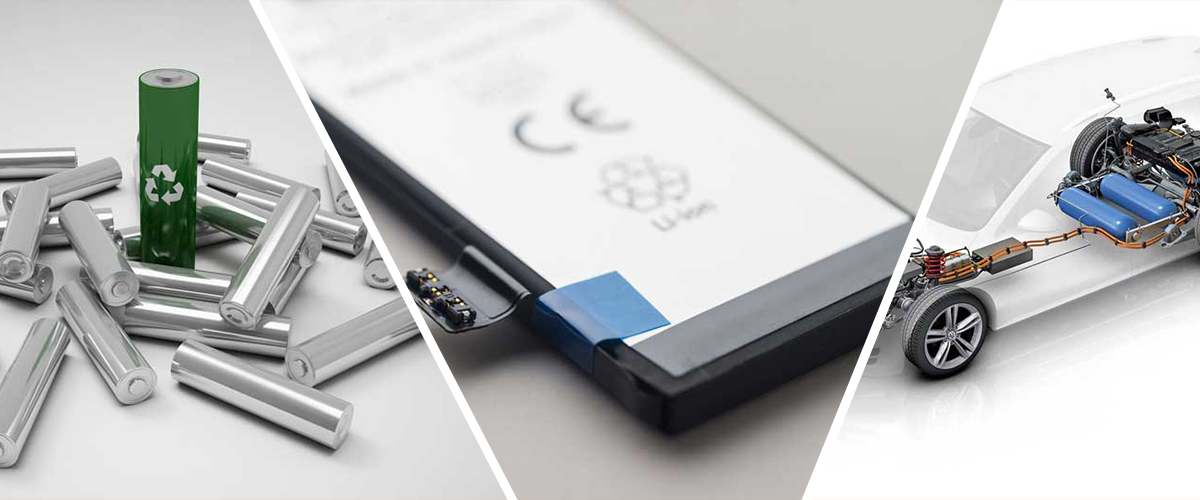Battery
Natural and synthetic graphite are used to construct the anode of all major battery technologies. The lithium-ion battery utilizes roughly twice the amount of graphite than lithium carbonate. The demand for batteries, primarily nickel-metal-hydride and lithium-ion batteries, has caused a growth in graphite demand in the late 1980s and early 1990s.
Graphite powders are used as additives in the cathode cell alkaline batteries. The high degree of crystallinity of the graphite powder provides the necessary electrical conductivity of the cathode mass, increases the mechanical strength of the electrolyte, and optimizes absorption. Moreover, the lubricating effect of the graphite minimizes the wear of the tool elements in the production of alkaline batteries.
Nowdays, most anode material for Li-ion batteries are made from graphite. It plays a vital role in modern Li-ion battery industry.
Inside fuel cells, the bipolar plates (BPP) are a key component in chemical generators, and other power systems electrical fuel elements in electrochemical reactions. BPP typically includes carbon composition in the form of expanded graphite (which in turn is produced from natural flake graphite).
Suitable products: Micronized Graphite, Spherical Graphite, Graphitizing Services, High Purity Graphite
